Best DAW Stock Synths: Which DAW should you buy for the best-sounding synthesizers?
Are the top stock synthesizers in Ableton Live, Reason, Logic Pro, Cubase or some other DAW?
What are the best DAW stock synths? We compare the top DAWs to find out.
Best DAW Stock Synths
All DAWs are pretty much the same. Or so common wisdom says. They all let you do similar things, like MIDI sequencing, audio recording and mixing, and the best one is the one that you’re most used to. Granted, there are some differences, like Avid’s Pro Tools is probably more suited to tracking and mixing than, say, Bitwig Studio, but really, they’ll all get you where you need to go.
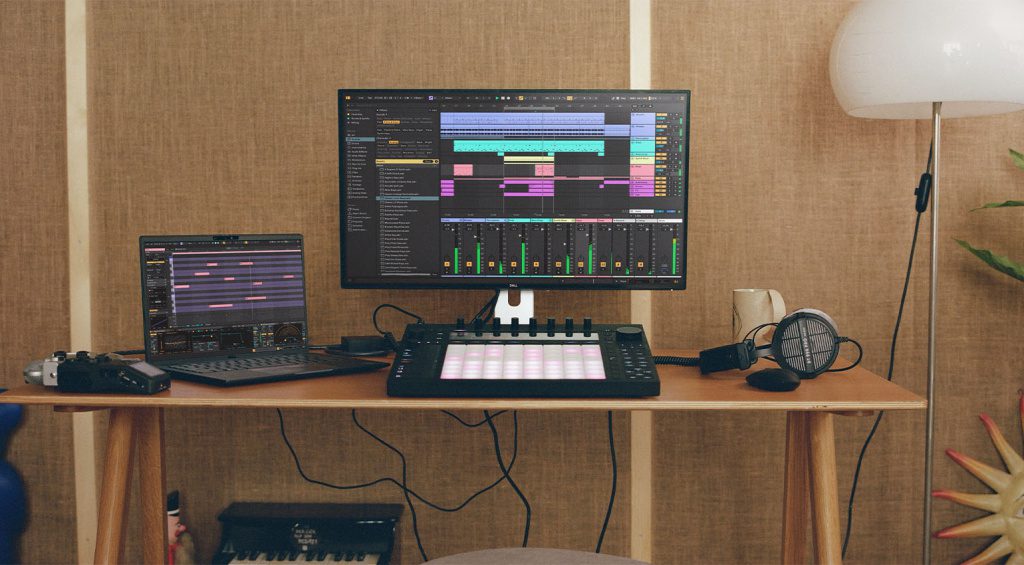
Except for when it comes to built-in synthesizers. Some have a lot while others have few – or even just one! Some continue to innovate, adding new synths with every update, while others are decades old. Clearly, all DAWs are not the same when it comes to stock synths.
So what are the best DAW stock synths? Assuming you want to get a new DAW or even one for the first time and you want one with the best synths to play and enjoy, you’d probably like to know which DAW is most deserving of your money.
With that in mind, here are the best DAW stock synths.
Best DAW Stock Synths: Ableton Live 12
Ableton Live strikes a good balance between DAW-type functionality and excellent instruments. Now up to version 12, its collection of stock synths is superb, particularly if you pony up for the Suite version of Live (there are also Intro and Standard versions).
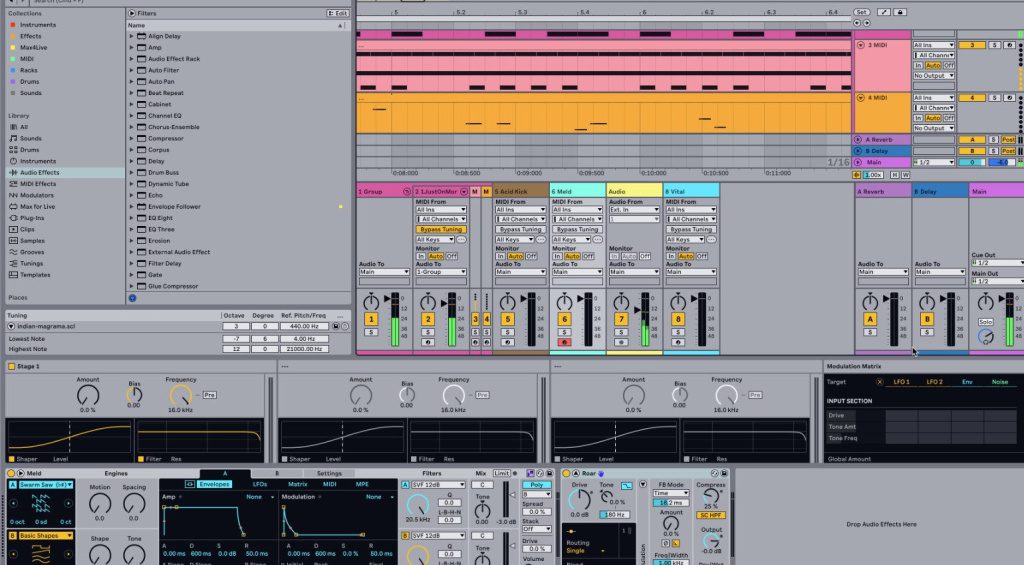
Not only do you get the full arsenal of instruments, you also get Max For Live, which is in itself a treasure trove of synthesizer goodness. Even Intro owners though will get Drift, a solid and inspiring MPE-capable synth.
Stock synth highlights:
- Drift (Intro, Standard and Suite)
- Analog (Standard and Suite)
- Operator (Suite)
- Wavetable (Suite)
- Meld (Suite)

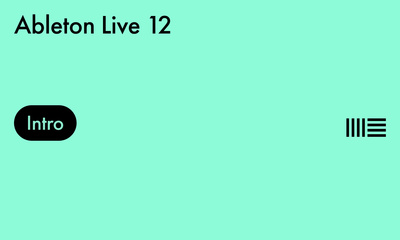

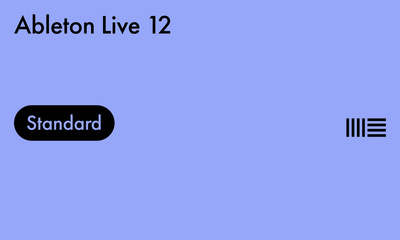

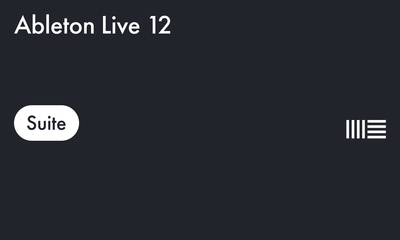
- Ableton Live 12 product page
Best DAW Stock Synths: Reason Studios Reason
It took Reason a long time to reach true DAW status. Originally a suite of instruments, effects and sequencing, the software from Reason Studios (formerly Propellerhead Software) slowly added additional DAW functionality like digital audio and VSTs over the year. Because of this, the focus has always been on great-sounding instruments, with synthesizers front and center.
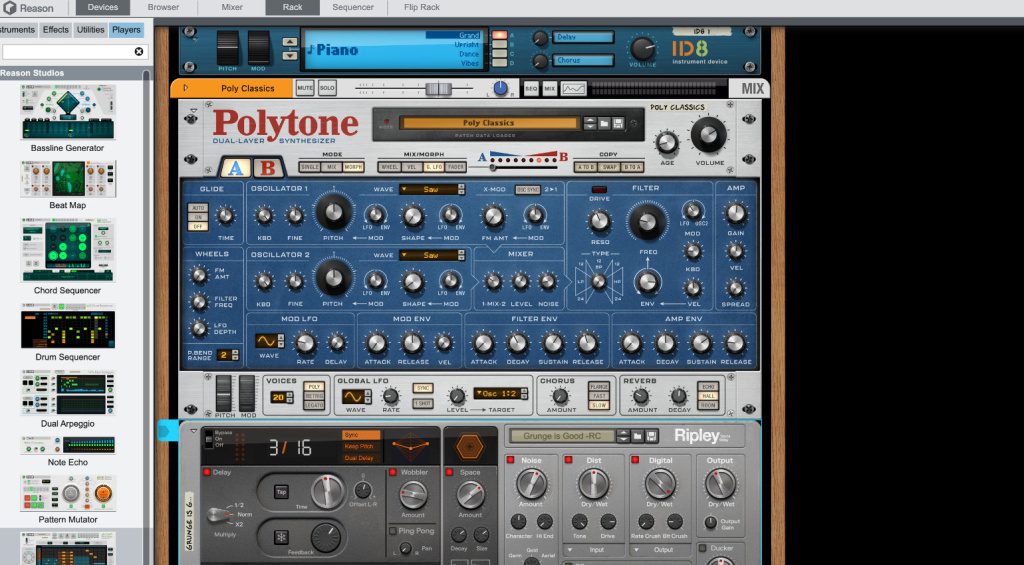
Now sitting at version 13, Reason remains jam-packed with an incredible assortment of synths of all synthesis types, including the physical modeling Objekt, one of the best DAW stock synths around. Reason comes in two flavors: Reason+, a subscription that includes everything, or Reason 13, a one-time payment with a core selection of instruments, effects and utilities. Instruments not included in 13 are available for purchase.
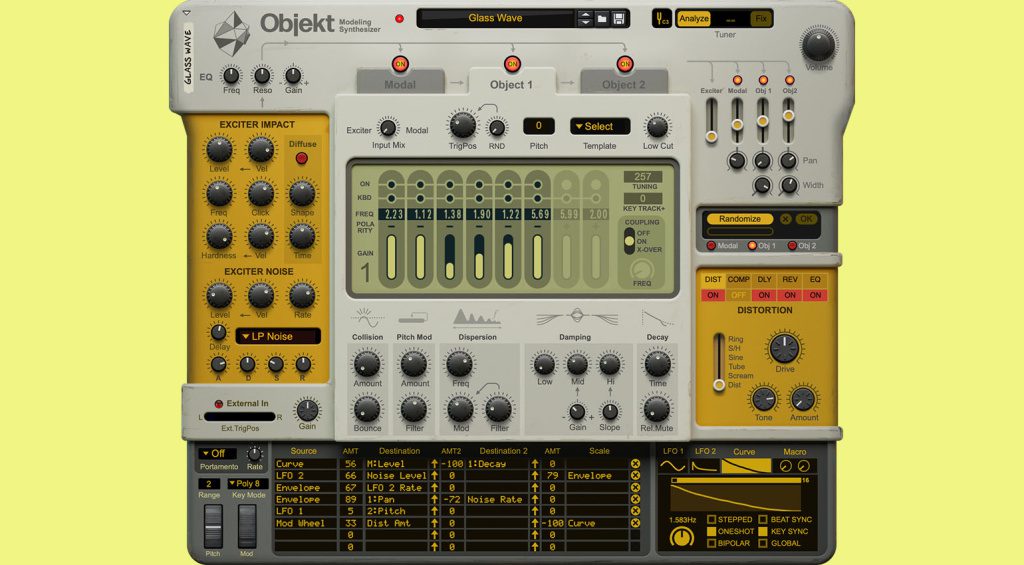
Stock synth highlights:
- Polytone (Reason+ and Reason 13)
- Objekt (Reason+)
- Complex-1 (Reason+)
- Europa (Reason+ and Reason 13)



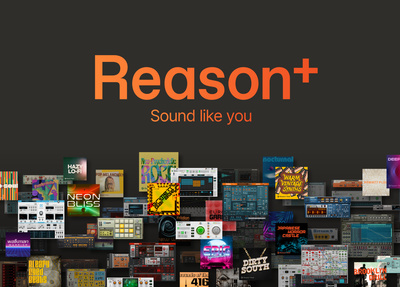
- Reason Studios Reason product page
Best DAW Stock Synths: Apple Logic Pro 11
When Apple bought Emagic in 2002, Logic had a nice selection of stock synthesizers. Now more than two decades later, it still has that same selection of nice synthesizers, with only a few more for our troubles. Alchemy, one to come along since the Emagic acquisition, remains a highlight with its multiple synthesis engines and stunning sound quality. However, it’s also getting on in years, having originally debuted in 2009 when it was a Camel Audio product.
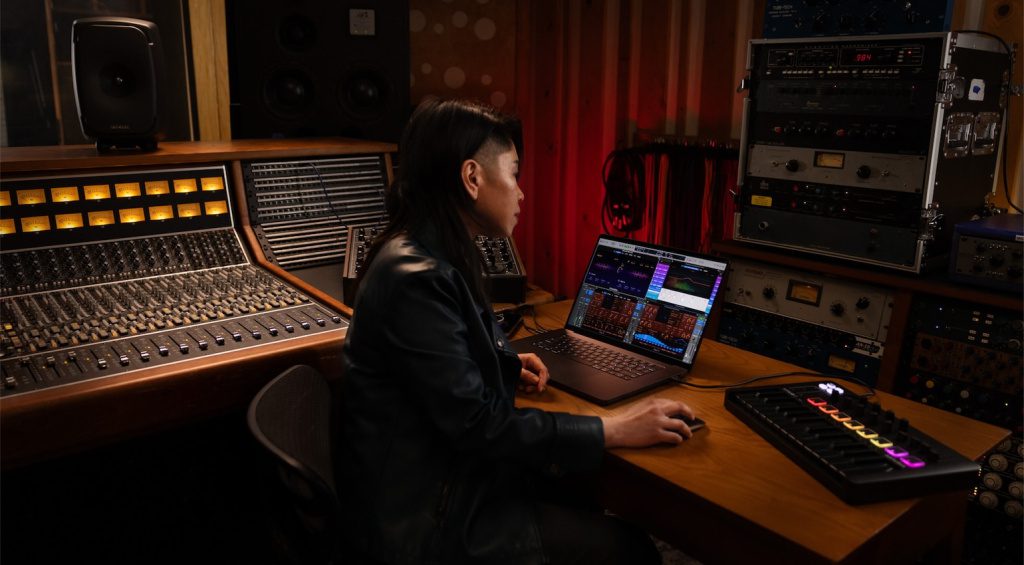
Lately, Apple has been leaning into AI, with Logic Pro 11 seeing a variety of AI-powered instruments and effects arriving, but I’d love to see some new synths too.
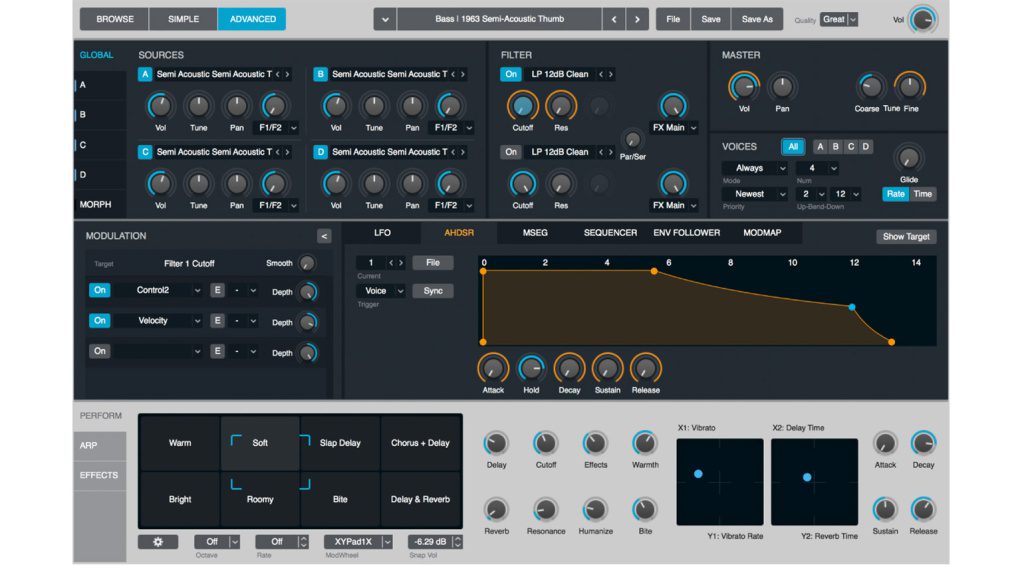
Stock synth highlights:
- Alchemy
- Sculpture
- ES1
- Apple Logic Pro 11 product page
Best DAW Stock Synths: Bitwig Studio
Is Bitwig Studio really 10 years old? Amazing how time flies. Bitwig was started by a team of ex-Ableton employees, and that’s reflected in the DAW’s layout and clip-launching section, but really it’s its own beast.
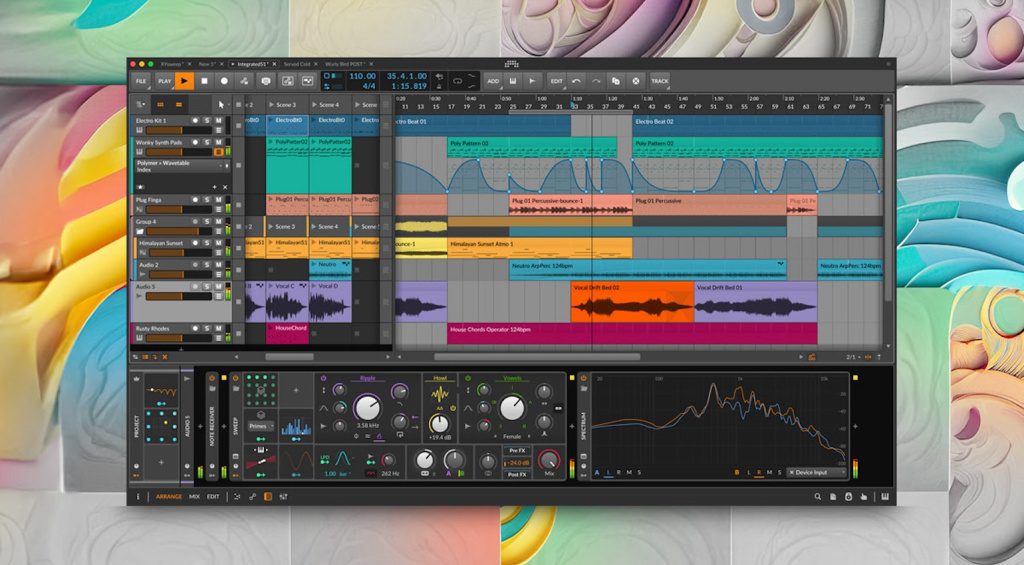
The software – now up to number five – is available in three separate configurations, Bitwig Studio Essentials, Bitwig Studio Producer and just plain Bitwig Studio. While there are a number of differences, in terms of instruments, Bitwig Studio gets you 13, including Poly Grid, a Native Instruments’ Reaktor-like modular synthesizer environment, and Phase-4, a four-operator FM synth.
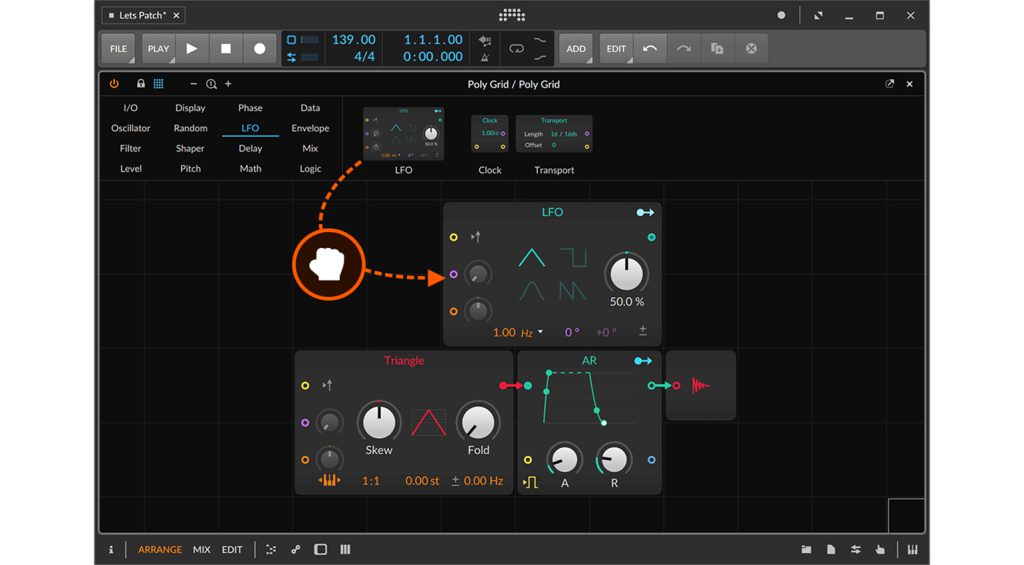
Stock synth highlights:
- Poly Grid (Bitwig Studio)
- Polymer (Bitwig Studio Essentials, Producer and Bitwig Studio)
- Phase-4 (Bitwig Studio)

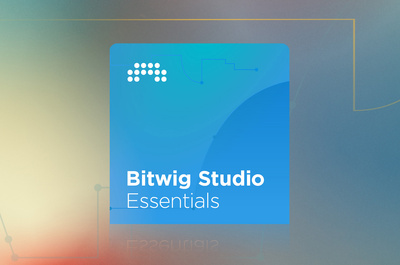

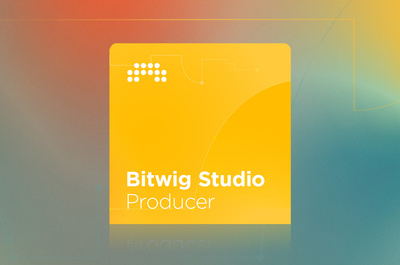

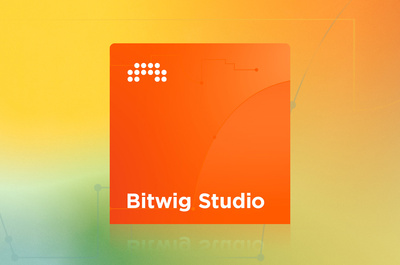
- Bitwig Studio product page
Best DAW Stock Synths: Image-Line FL Studio
The beatmaker’s DAW of choice, FL Studio has a variety of drum-focused features (hello, Gross Beat) that makes it especially popular with producers of genres like trap. It’s less known for its synths, although it does have a rather large collection of them. To access the top-tier ones like Harmor and Sakura you’ll either need the All Plugins Edition or to buy the synths on their own. That’s not to say the lower price points (Fruity, Producer, Signature) don’t have their own solid synths – they certainly do.
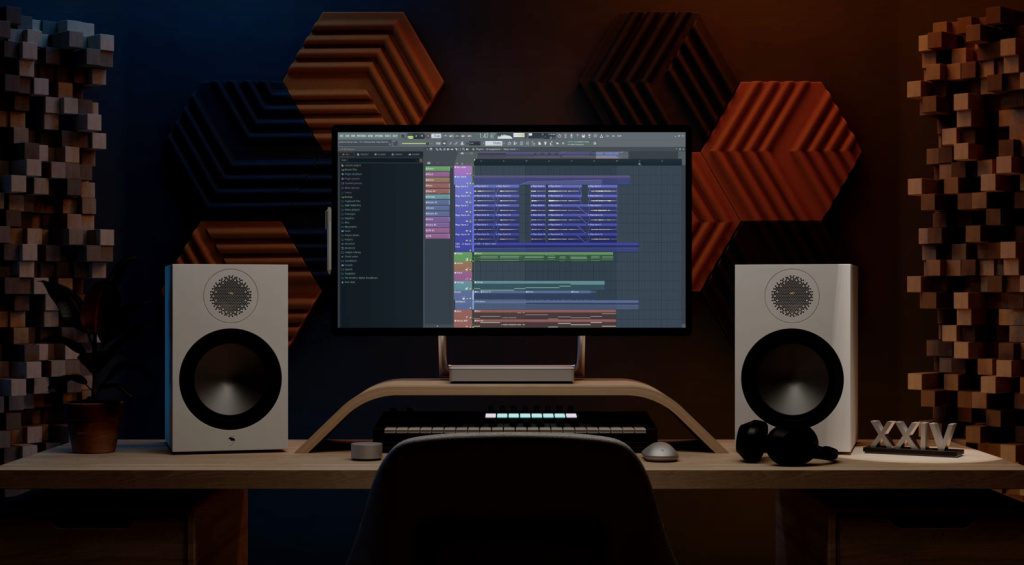
Overall, FL Studio is a solid DAW for beat-focused genres with a nice collection of synths as a bonus.
Stock synth highlights:
- Harmor (All Plugins Edition)
- Sakura (All Plugins Edition)
- Sytrus (Producer, Signature, All Plugins Edition)

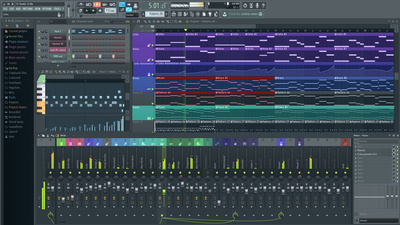

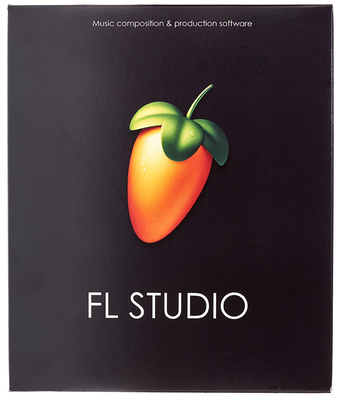

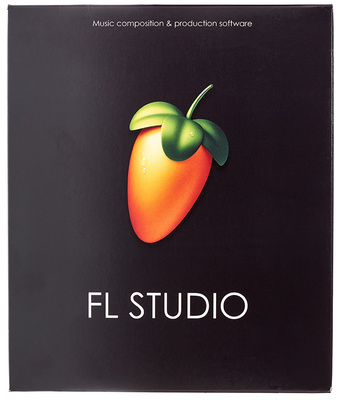

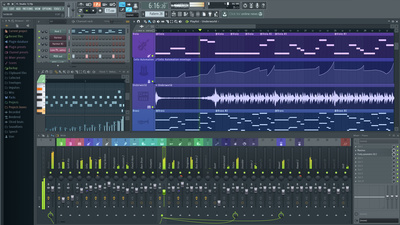
- Image-Line FL Studio product page
Best DAW Stock Synths: Steinberg Cubase 13
First launched as a sequencing program in 1989 for the Atari ST, Steinberg’s Cubase is now up to version 13. The DAW offers five versions, from Cubase AI 13 at the bottom to Cubase Pro 13 at the top. While Cubase is a fully-featured DAW in many numbers of ways, it is curiously light when it comes to virtual instruments – especially surprising when you consider that Steinberg invented the VSTi.
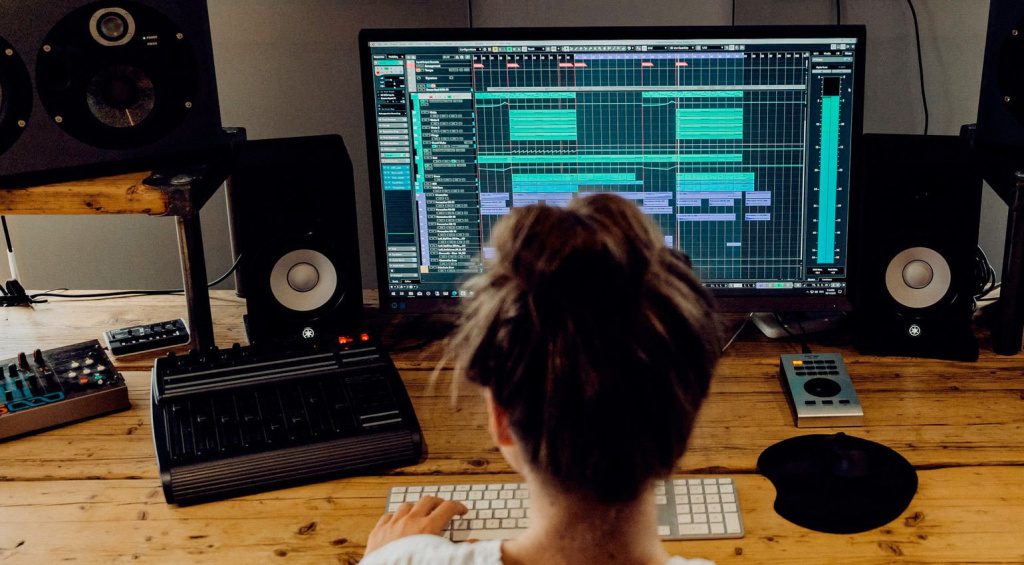
The two dedicated stock synths included with the top two tiers of the DAW – Cubase Pro 13 and Cubase Artist 13 – are Retrologue 2, a virtual analog synth, and Padshop 2, a granular and spectral pad machine. Interestingly, both are available individually in case you want the synths without the accompanying DAW.
Stock synth highlights:
- Retrologue 2 (Cubase Pro 13 and Artist 13)
- Padshop 2 (Cubase Pro 13 and Artist 13)

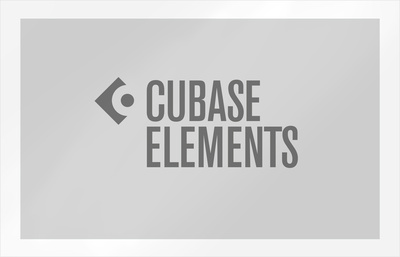

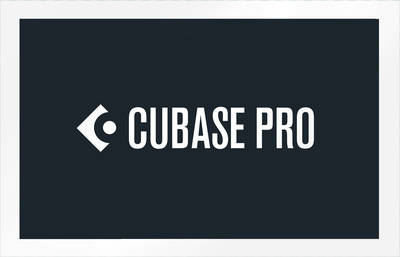

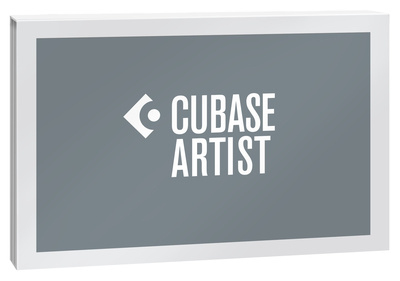
- Steinberg Cubase Pro 13 product page
What’s your favorite DAW stock synth? Let us know in the comments.
More Information
- All about DAWs
- All about synthesizers
- All about software
8 responses to “Best DAW Stock Synths: Which DAW should you buy for the best-sounding synthesizers?”

 3,0 / 5,0 |
3,0 / 5,0 | 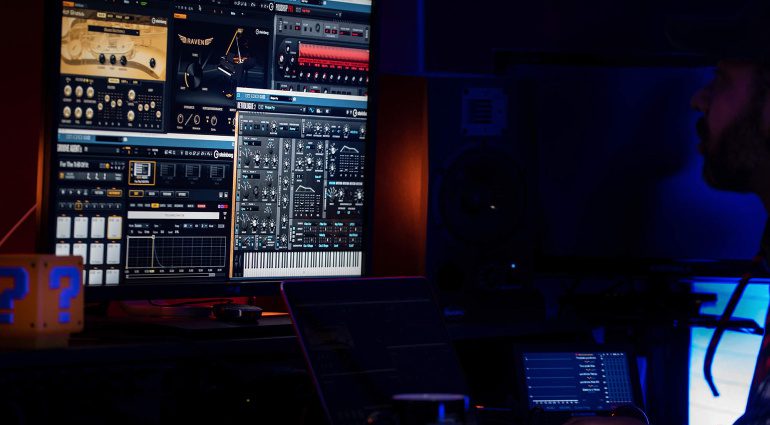


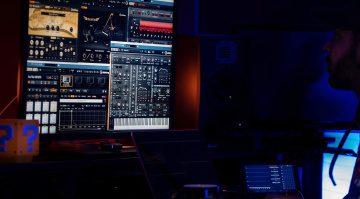

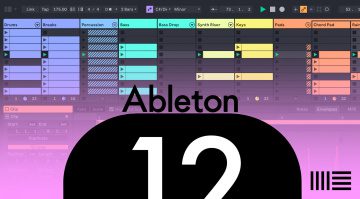
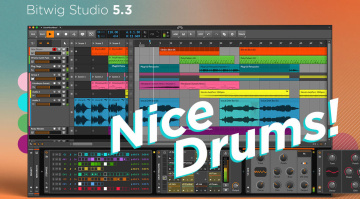
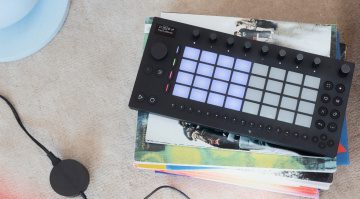
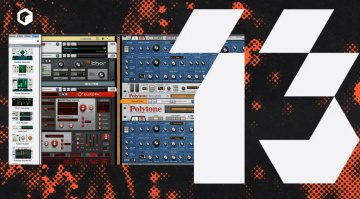
This was a really terrible article. It provided nothing more than a list of a few synths from each DAW. It didn’t provide really any specific information or interesting comparisons. It would have been interesting to pick what the author (although this post smells like it was written by AI) thinks is the best synth for each DAW and actually provide, you know, some detail or interesting information about it. If I was new to music production and was confused by which DAW to purchase, this article would provide zero context or help.
I guess the Halion Sonic 7, Flux and Trip plugins included in Cubase Pro 13 aren’t considered synths then, even though they’re a sample-based synth, a wavetable synth and a virtual 3-osc analog synth, respectively? There goes your credibility…
A list.
When you title an article “best” and also ask “which… should you buy,” you should offer some actual input. You make two implied promises and deliver on neither. Ridiculous.
Appalling ‘article’.
Typical of the quality we have come to expect from the site that claimed The Theramin was the first electronic instrument.
Lazy stuff. If it’s not AI generated, it probably should be, may be an improvement.
A soft spot for Reason. So old I can remember when it could play 16 tracks, but only render 5 or 6 without crashing (mid 90s). Think they’ve got it into a long term format now as a plugin/stanadalone, which is how we once used Rebirth 2 on Cubase. Propellerheads were the first to convince us that computers could be both sequencer and sound source, and be useable on a Pentium or 486DX. Still a big fan of Reason which has a dedicated Tech following.
Reason!? What garbage..
Last acceptable version was v3. Just overpriced bloatware with an absurd price plan now.
ReBirth however was a cracking piece of software, at least for its time
The article is total rubbish; most likely written by someone who doesn’t use a DAW and has read second hand articles about them. The better article to have written might realistically have been to not write one.
If you scrolled here before wading through the “article”: save your time and simply check out the official websites of the DAWs in question.
If you want my personal input, I have used FL Studio, Bitwig, and Steinberg’s Retrologue 2 as a vst (instead of in Cubase) plugged into FL Studio before I switched to Bitwig.
Personal opinion: Bitwig is a one-stop-shop for electronic production needs. You can venture outwards and use any plug-in of choice in Bitwig (Diva, Zebra, Reaktor, etc.) however, you certainly do not need to, in my opinion, to make top tier electronic music. The modulation workflow of Bitwig is extremely intuitive and I believe it can cater to the beginner or advanced sound designer after a few weeks of tutorials.
If you are on Cubase, Retrologue 2 is a wonderful synth (although it has no sound pallet for digital/wavetable options). It’s only semi-modular in terms of choices to make in the signal path, but it packs a potent punch that sounds very musical with minimal tweaking. Don’t underestimate it, but I think Bitwig can outdo it if you are more advanced for sound design.
It is possible for one to outgrow Retrologue 2 if you are a veteran poweruser of synths, but I can’t say the same of Bitwig’s synths. I don’t think I could ever outgrow Bitwig’s PolyGrid alone. Nevertheless, Steinberg does have a very healthy catalog of additional plugins that you can purchase from their company (but you don’t have stick to in-house plugin’s since Steinberg INVENTED the vst plug-in paradigm).
If you are less of a sound-designer and prefer to edit MIDI with more elaborate arrangement/polyphony, then FL Studio would be a better pick that Bitwig. Therefore, FL Studio is better for arranging/MIDI editing and Bitwig is better at sound design overall.
I have not used the other DAWs in this “article”, but I can tell you that I have heard excellent productions by respectable producers from just about all of them. Again, check out the websites, their demos, and observe producers that use the ones you are considering.
Another point to consider is that there are MANY very good sounding freeware VSTs. You do not need to rely on stock synths to make great synth tracks if you do not wish to rely upon your DAW’s out-of-box plugins. Freeware goodies include:
– Surge XT (a well rounder + good effects)
– Vital (a poor man’s Serum)
– Odin 2 (a poor man’s Thor)
– Dexed (Yamaha DX-7 emulation)
– Synth1 (oldie but a goodie)
A creative person could make great music with these freebie tools alone in a cheap DAW.
You are currently viewing a placeholder content from Facebook. To access the actual content, click the button below. Please note that doing so will share data with third-party providers.
More InformationYou are currently viewing a placeholder content from Instagram. To access the actual content, click the button below. Please note that doing so will share data with third-party providers.
More InformationYou are currently viewing a placeholder content from X. To access the actual content, click the button below. Please note that doing so will share data with third-party providers.
More Information